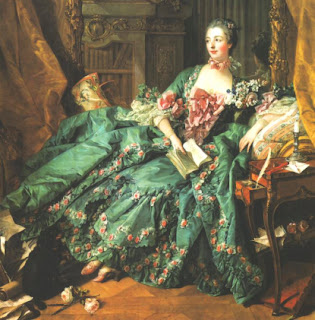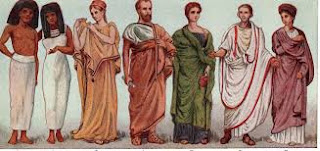Marie Antoinette
Marie
Antoinette the movie is a historical biopic, directed and written by Sophia
Coppola in 2006. Based on the life of Queen Marie Antoinette and her life
journey from a young and beautiful fourteen year old and then leading to the
royal life. The situations that occur which lead up to the French Revolution
and her demise. The wife of King Louis XVI and their pompous lives were
captured in the film.
Starring
Kristen Dunst and Jason Schwartzman the movie started with a beautiful
interpretation of the royal life. Mainly shot in the Palace of Versailles, the
ambience and environment setting presented a great recreation of the 18th
century Royal life. Sophia Coppola was one of the few, who were given
unprecedented access to historical locations like the palace, including the
Queen’s retreat to use as the films set.
The
production designer K.K. Barrett, who has previously worked with the film’s producer
Sophia Coppola, is a minimalist in aspects of production designing. The movie
shows a fairytale version of the Queen’s life. Coppola’s interpretation of the
movie was highly stylised with breathtaking costumes and the lavish lifestyle
to humanise the historical figures and their lives.
The film
portrays the story of Marie Antoinette, the queen famous for her lavishness and
eccentric lifestyle. The film leads on with the interpretation of the lavish
lifestyle in a fantasy like manner with the champagne and the cakes, the
beautiful flowers and the extravagant wardrobe with silk and tassels. The
production designer, KK.Barrett and the cinematographer Lance Acord worked in
collaboration with the costume designer to create a unique palette with light
and bright colours to create a naturalistic environment setting which further
darkens towards the second part of the movie.
Taking a new
approach in creating a period film, the director and the production designer
have used bright lighting and a bright colour palette in everything from the
wardrobe to the furniture, not using the distressed dark colours. With the
intricate upholstery, the floral walls and the golden- gilded doors the film
has presented a brilliant representation of the Rococo Period.









































